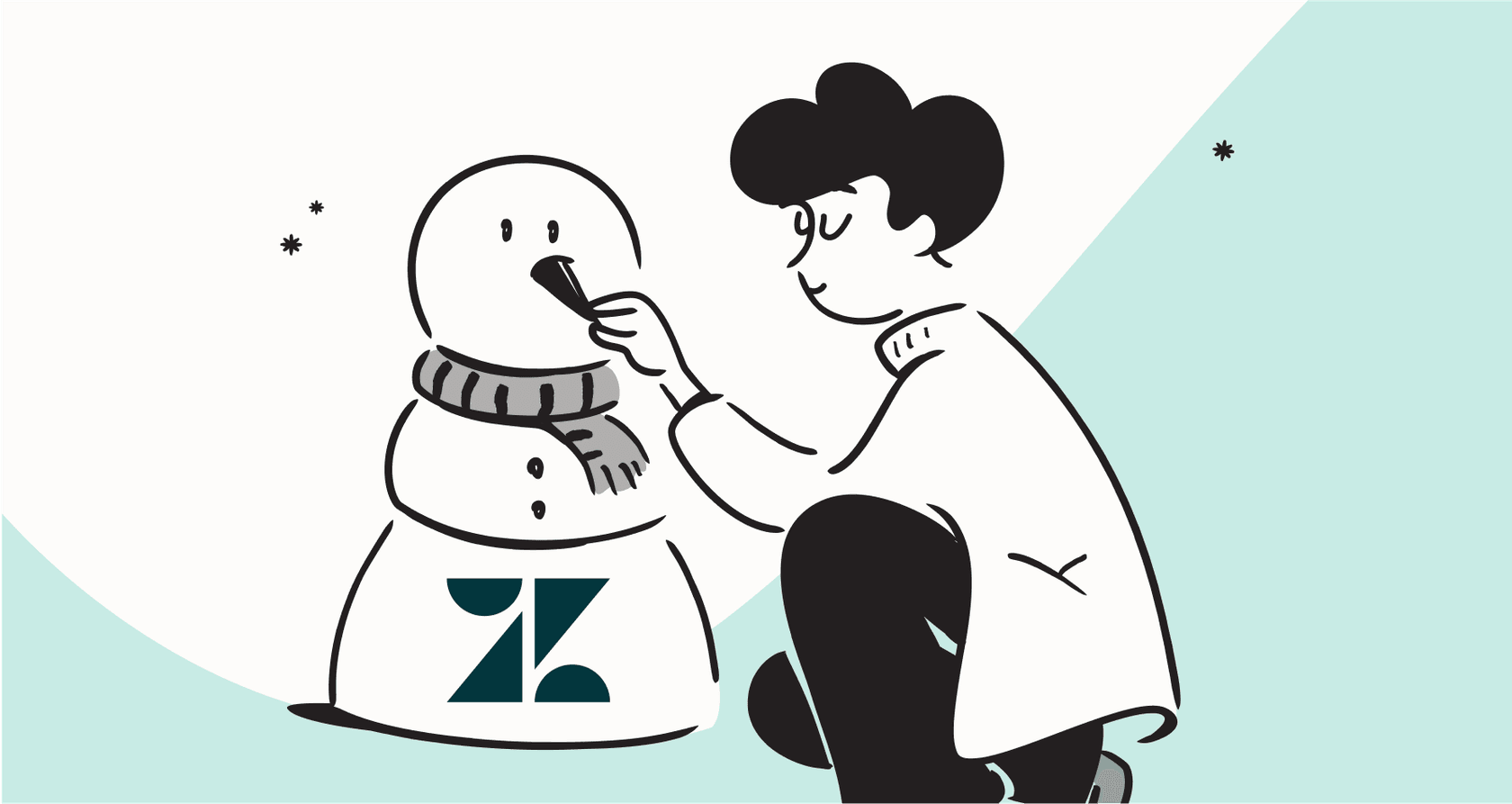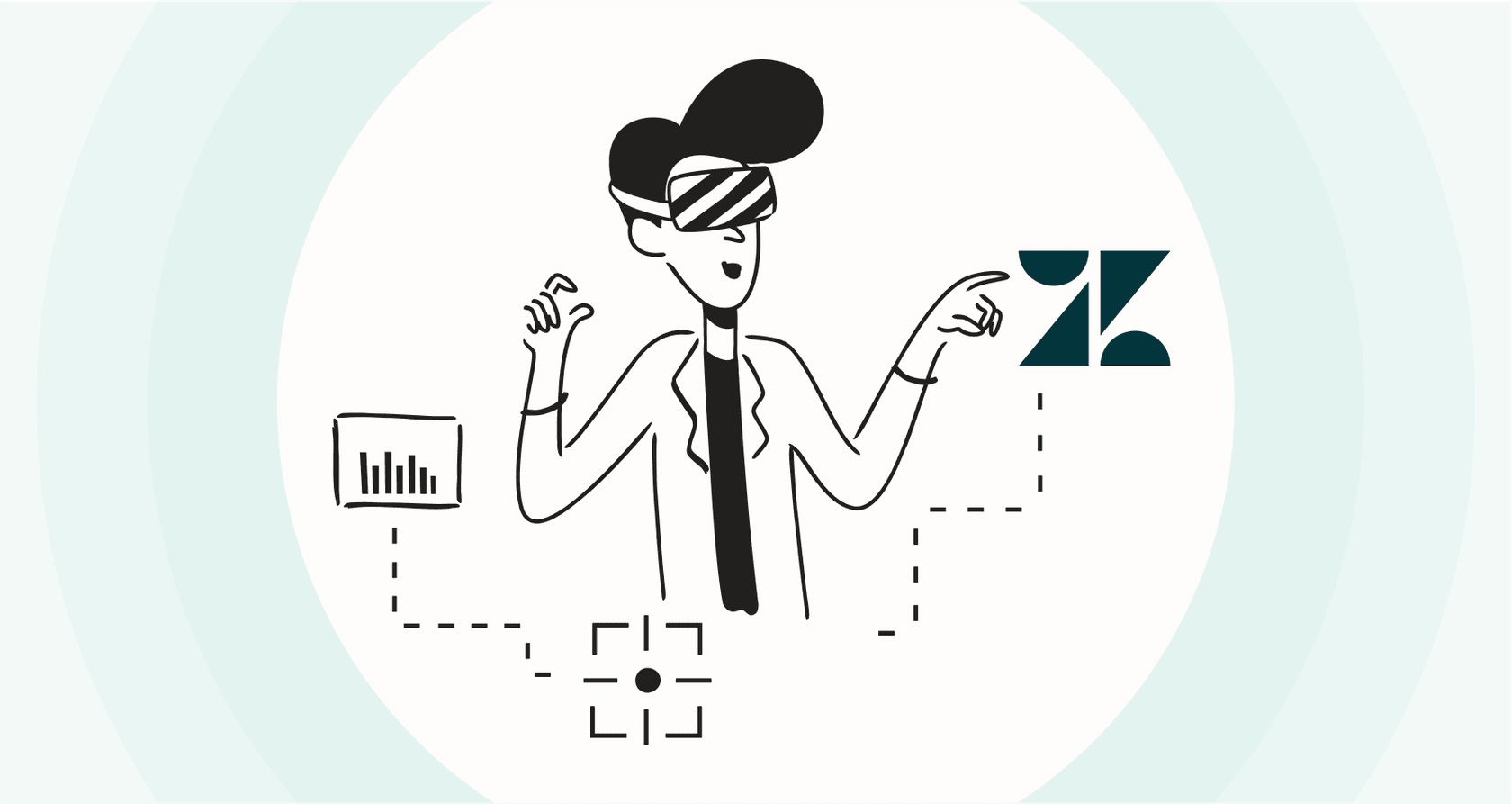Zendesk AI bot guide: A full review of features & cost in 2025

Kenneth Pangan

Amogh Sarda
Last edited October 3, 2025
Expert Verified

It looks like you have not provided a blog for me to review. Please provide the blog content, and I will be happy to make the specific edits you requested.





